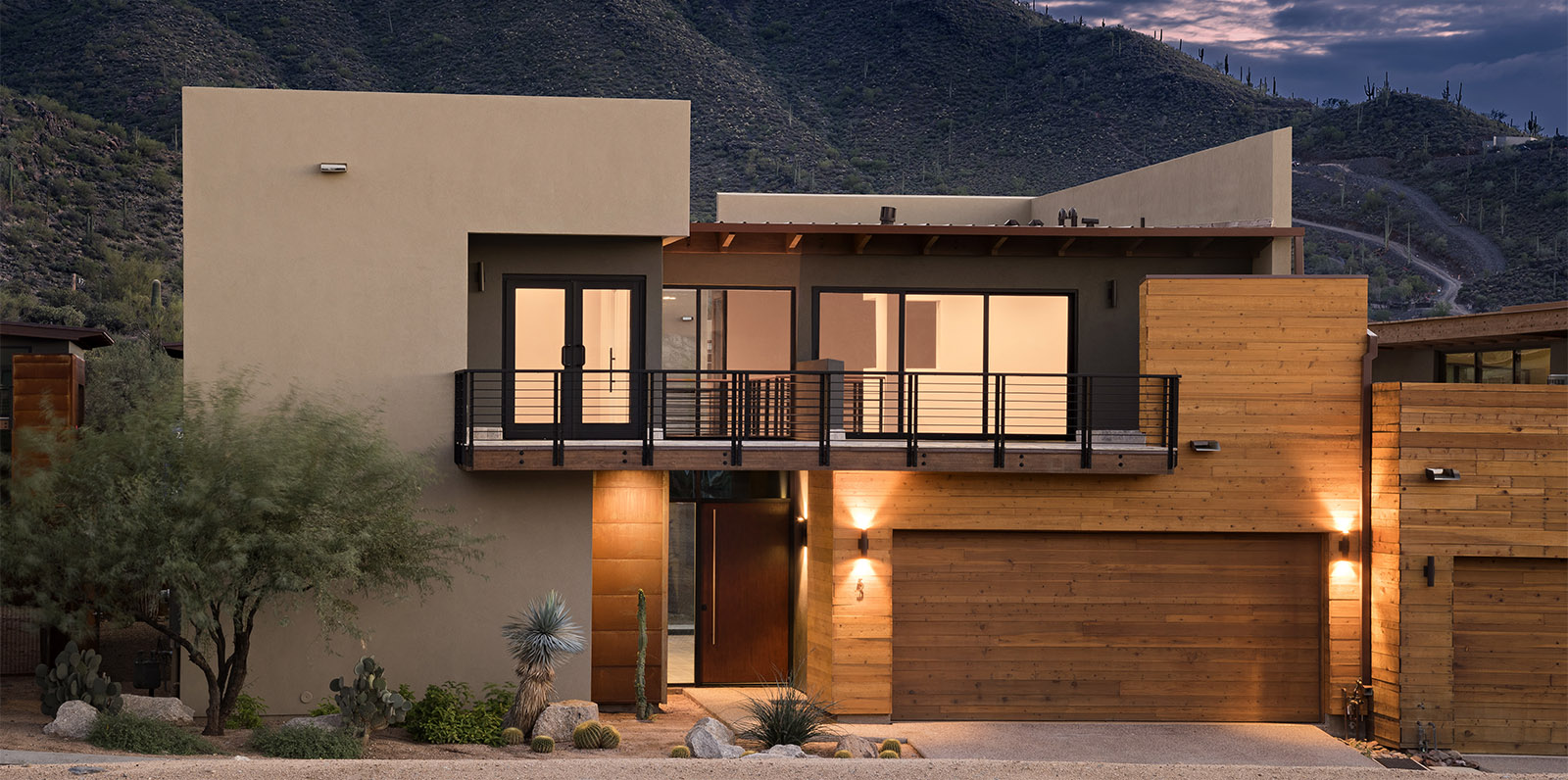Go beyond code with performance grade
Many decisions go into building a home that will survive whatever nature throws at it.
Considerations for choosing the windows are often guided by building codes that evolved in response to lessons learned about surviving disasters and extreme weather events.
For example, engineers determined that when a hurricane tears the roof off a house, it’s often because windows were breached, letting strong winds in to push the roof up and off from the inside. Even if the roof holds fast, wind-blown rain blasting through a failed window will still cause significant damage. After Hurricane Andrew devastated South Florida in 1992, generating $27 billion in property damage, new requirements for windows regarding impact resistance and design pressure were added to building codes to help houses survive such disasters.
Today’s homeowners increasingly want their homes to not merely survive extreme events, but also to be resilient. According to the Resilient Design Institute, resilience is the capacity to adapt to changing conditions and to maintain or regain functionality and vitality in the face of stress or disturbance. It’s the ability to bounce back after a disruption or interruption. A truly resilient home not only emerges intact from a storm but is less prone to moisture-related damage and remains habitable during events like extended power outages.
Performance grade
For windows, the critical measure for resilience goes beyond impact resistance and design pressure to performance grade (PG) ratings. While design pressure is still essential , it’s merely the starting point for performance grade as PG ratings are calculated based on tests conducted at different design pressures.
“Design pressure will tell you how much wind the unit will stand up to, but it won’t tell you whether it will leak,” notes Greg Pearson, a JELD-WEN architectural consultant in San Diego. To earn a performance grade rating, the window must undergo tests for air infiltration, water penetration resistance, uniform load deflection ability, forced entry resistance, and operating force. The higher the PG number, the more resilient the window.
In most of North America, water resistance is the most relevant of these attributes. Although windborne debris is a problem in hurricane-prone Florida and the Gulf states, wind-driven rain is a more significant issue throughout the rest of the country. For builders wanting to exceed code minimums to provide greater resilience for their customers, PG ratings offer valuable criteria for selecting the right windows. Oddly, many builders are unaware of performance grade ratings. “In my experience, very few know what performance grade is,” says Bill Robinson of Train2Build.com, a company that trains builders nationwide on window installation and moisture issues. “The average builder just follows the code,” he says, and most state and local codes don’t yet reflect PG standards.

Proper installation
When it comes to keeping water out of the structure, installation is as vital as a window’s PG rating. Even the highest-grade window can’t do its job if it’s not properly flashed. Compatibility issues between the flashing and the caulking are a common cause of problems. It’s important to use the window manufacturer’s recommended flashing system by the and follow the flashing manufacturer’s installation sequence. Codes are built around using manufacturers’ recommended procedures.
Everyday resilience
Another important consideration for choosing windows for resilient homes involves window materials. JELD-WEN’s Premium™ Vinyl window collection uses high-quality vinyl that won’t chip or peel and resists color fade from the intense UV rays. In addition, these windows are available with FiniShield™, a new finish technology that provides superior durability and longevity over paint.
For wood and clad-wood windows, the protective treatment of the wood is the crucial factor. Most processes only treat the wood to a depth of about 1/8 inch, meaning a shallow scratch can expose untreated wood to the elements. JELD-WEN AuraLast® wood is fortified to the core, providing a deep level of protection that resists rot, water damage, and termites.
When it comes to building homes with the ability to withstand both unusual events and the routine tests of weather, climate, and family life, choosing the right performance-grade windows and installing them properly are what set a builder apart.
For help discovering the ideal windows for building greater resilience into your customers’ homes, visit JELD-WEN’s professional portal.



